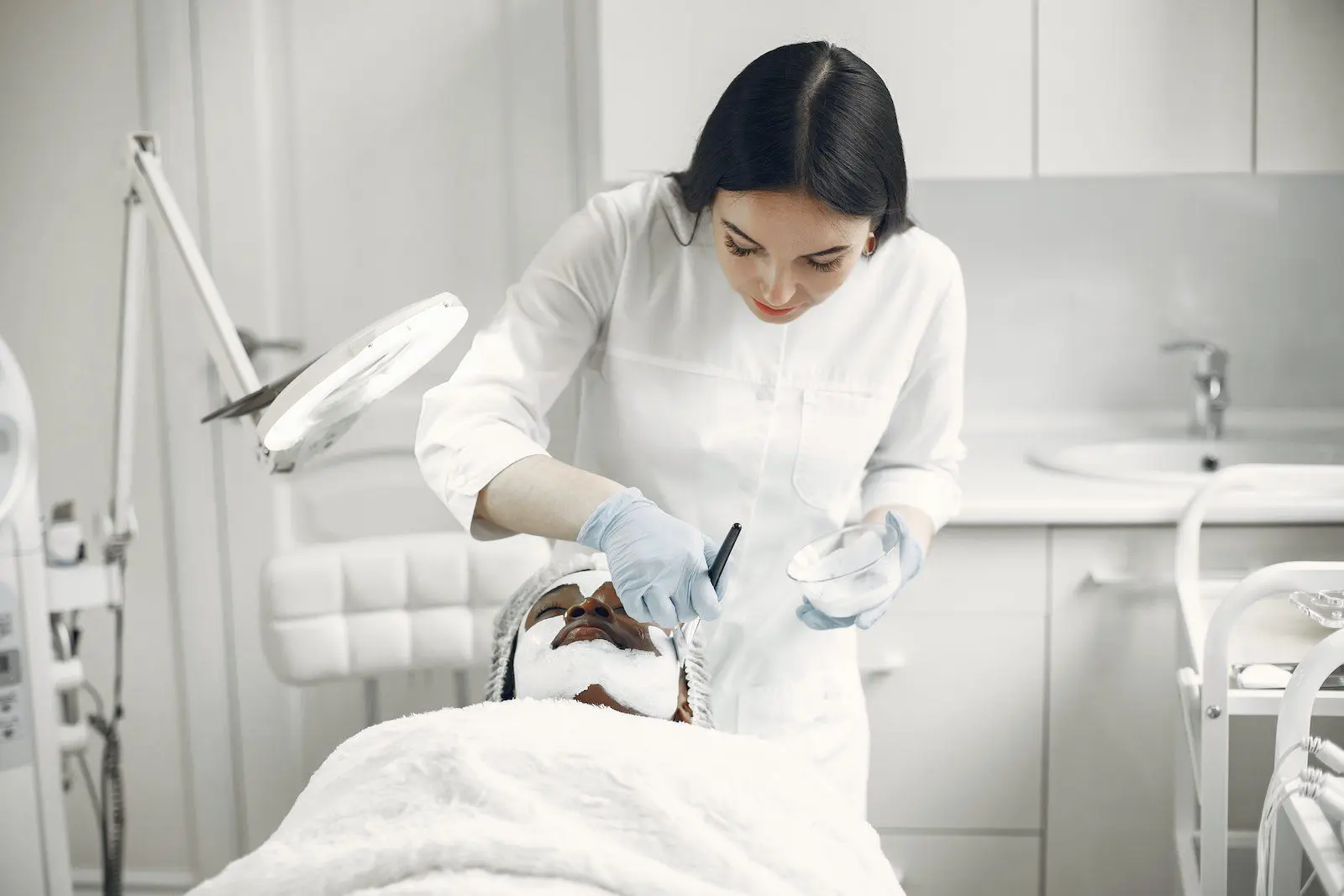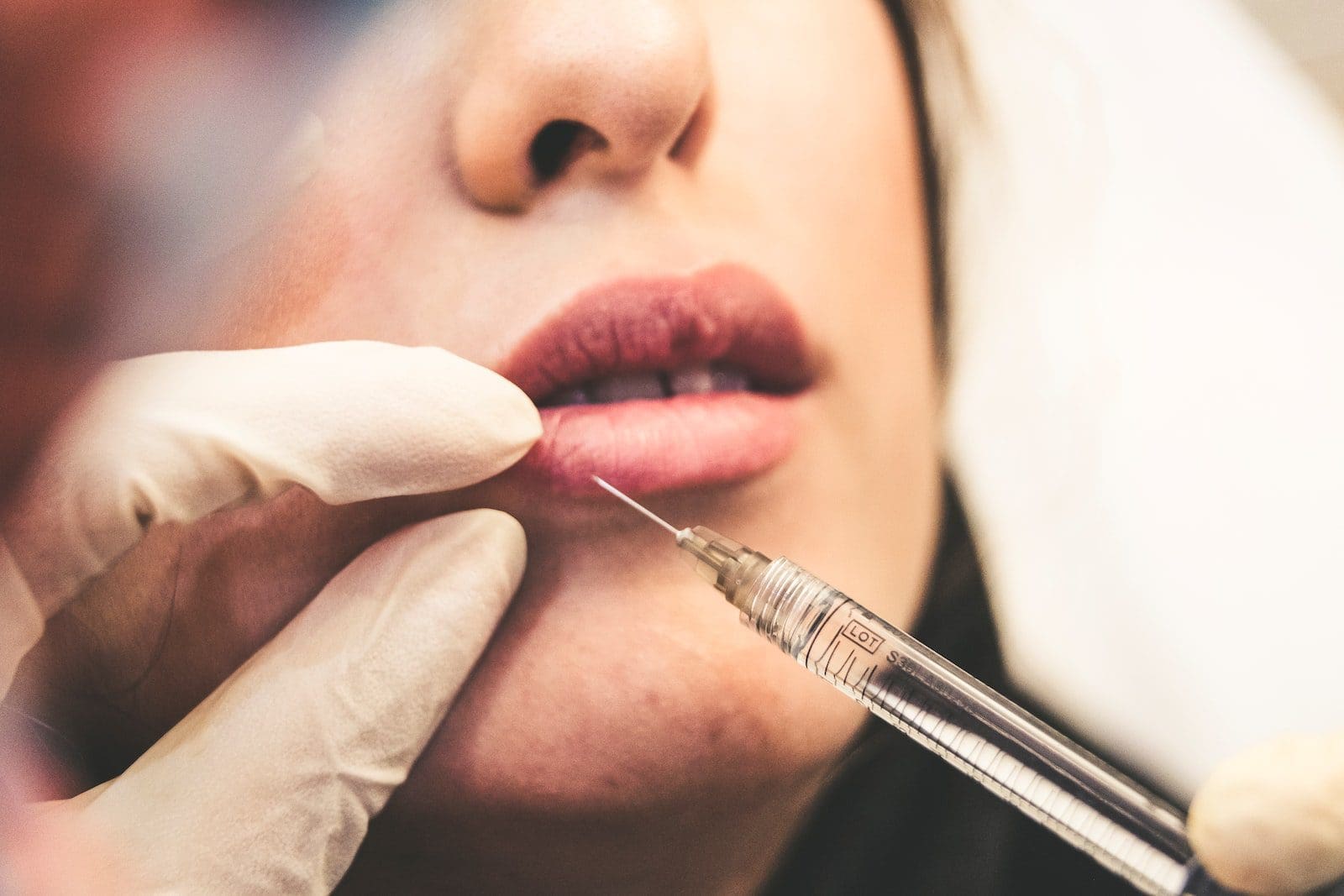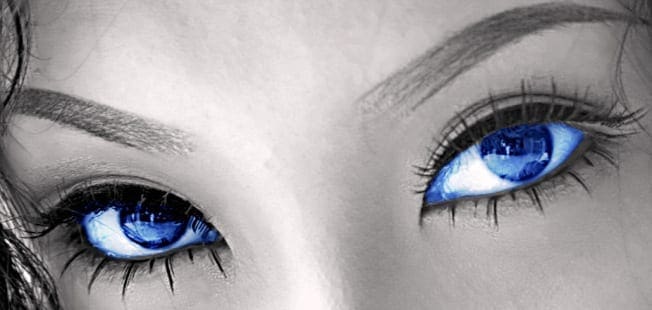
Platelet-rich plasma (PRP) is a product with significant advantages and many uses. Among its current indications is the treatment of alopecia and skin aging.
One of its main advantages is that it is a product obtained from the patient, so it does not cause allergy or rejection problems. In addition, it does not require preliminary tests, only the dermatological assessment of the patient (medical history and physical examination with clinical imaging).
What does the biostimulation treatment with Platelet-rich plasma consist of?
The platelet-rich plasma is obtained similarly to a standard blood sample. It is an outpatient treatment and does not require admission. You have to draw a little blood (20 ccs), then it is placed in a machine (centrifuge) responsible for separating the blood into various parts. One of them will be the PRP, which we will take to infiltrate the skin or scalp area we want to treat with very fine needles. The only thing added to PRP is a calcium compound to activate platelets and release growth factors, which are the key elements of the treatment.
It is a minimally painful technique, and very good results are achieved. Platelet-rich plasma contains abundant growth factors, they are substances that help to generate new blood vessels in the area that we infiltrate, reaching more nutrients to it, and that helps us increase the proliferation of cells and fibers, among them some as interesting and well-known as collagen and elastin, which give consistency to the skin.
As a complication of the technique, a small bruise could appear in the infiltration area, especially in the area around the eyes. To prevent it, if we treat the face area, a cream with vitamin K and sunscreen should be used on the treated area.
What are the benefits of Platelet-rich plasma therapy?
In the case of infiltration of the scalp for the treatment of alopecia, the appearance of new hair and the increase in the thickness of the existing one is achieved. All this is perceived as an increase in capillary density.
In the case of infiltration of the skin (face or neckline) for the treatment of photo or chrono-aging, it is possible to increase elasticity, reduce flaccidity, increase luminosity and reduce wrinkles.
What tests are done before Platelet-rich plasma treatment?
 Before undergoing this treatment, a medical evaluation is required. The personal history of the patient should always be evaluated, especially those diseases and/or medications that may interfere, such as antiplatelet drugs or anticoagulants that increase the risk of bruising.
Before undergoing this treatment, a medical evaluation is required. The personal history of the patient should always be evaluated, especially those diseases and/or medications that may interfere, such as antiplatelet drugs or anticoagulants that increase the risk of bruising.
In the case of alopecia, the degree and type must be assessed since not all alopecias are the same and, therefore, do not require the same treatment. PRP treatment has proven useful for treating male and female androgenetic alopecia. In other types of alopecia, there is still no evidence to promote its use. In addition, a basic medical treatment must be established with minoxidil and/or antiandrogens to achieve maximum treatment efficacy and correct maintenance of effects over time.
In the case of using it as an anti-aging treatment, it is necessary to assess the type of wrinkles, location, perspectives of the patient, previous treatments, and home treatments. It can be combined with other anti-aging techniques (hyaluronic acid fillers or botulinum toxin).
There are no age limits to undergoing this treatment. As an anti-aging treatment, performing it in patients under 30 years old is inappropriate.
How many sessions are recommended, and when are the results seen?
In general, although an individual assessment of the patient will always be carried out, an average of 3-4 sessions are carried out per year, separated by 4 or 6 weeks. It will be repeated to maintain the effects 1 time a year. In general, the results in the case of biostimulation as anti-aging are observed 20-30 days after the session. However, improvement is observed from the first days, especially as an increase in luminosity. The improvement in the treatment of androgenetic alopecia is observed, generally after the 2nd session.




Be the first to comment